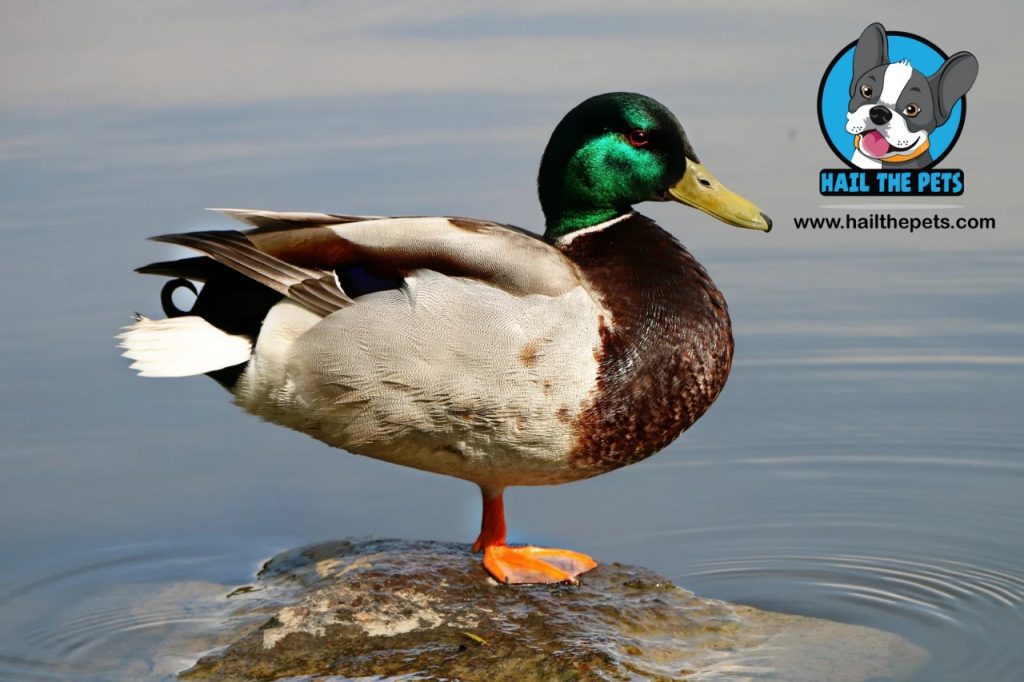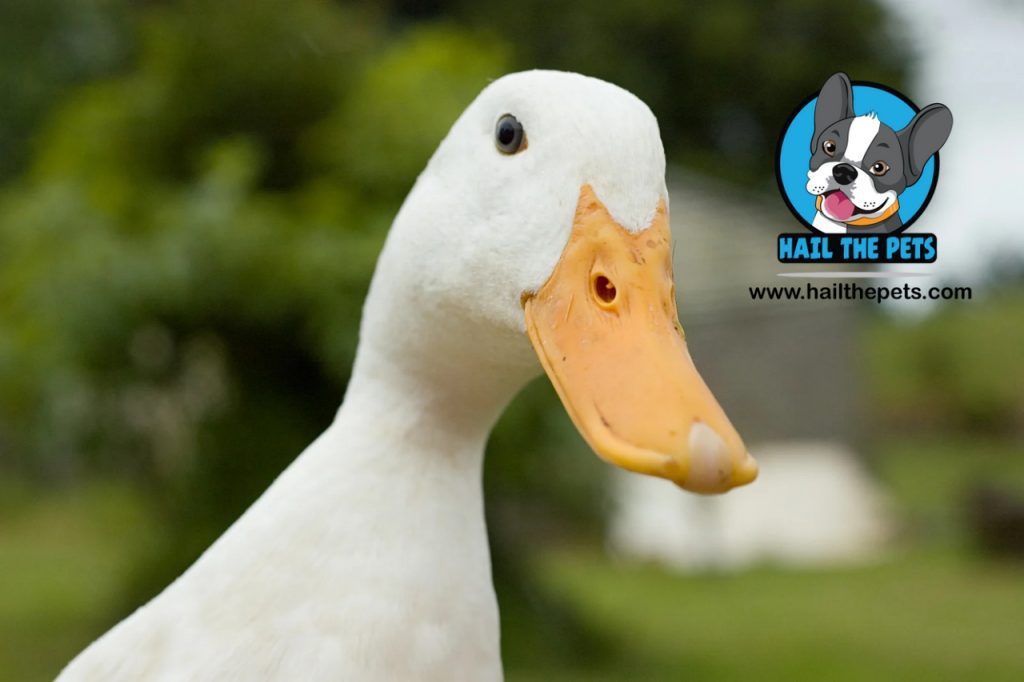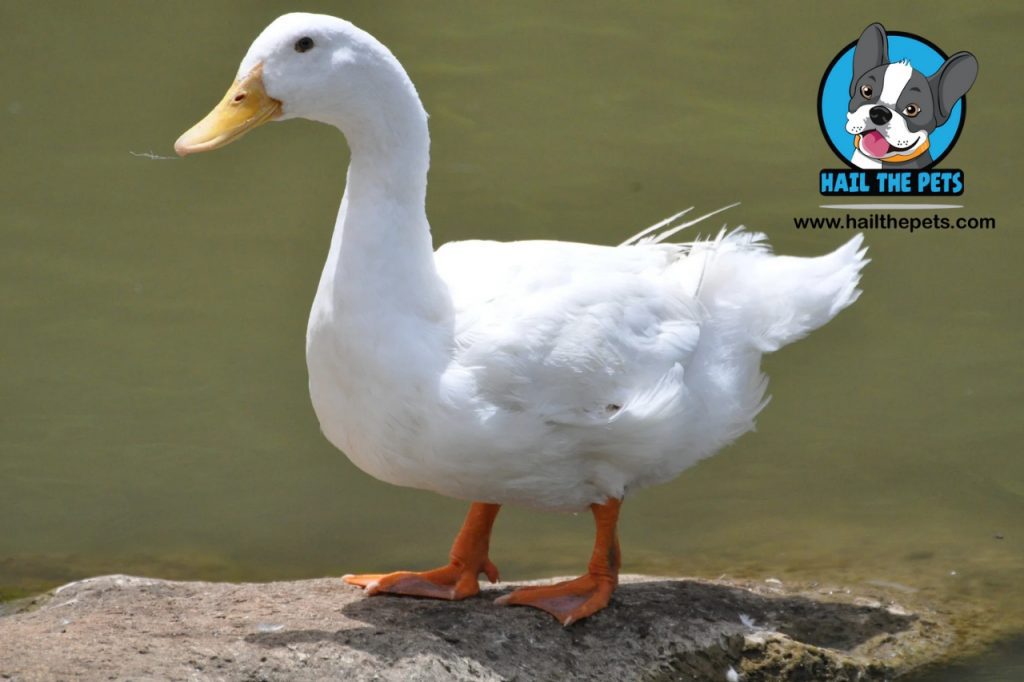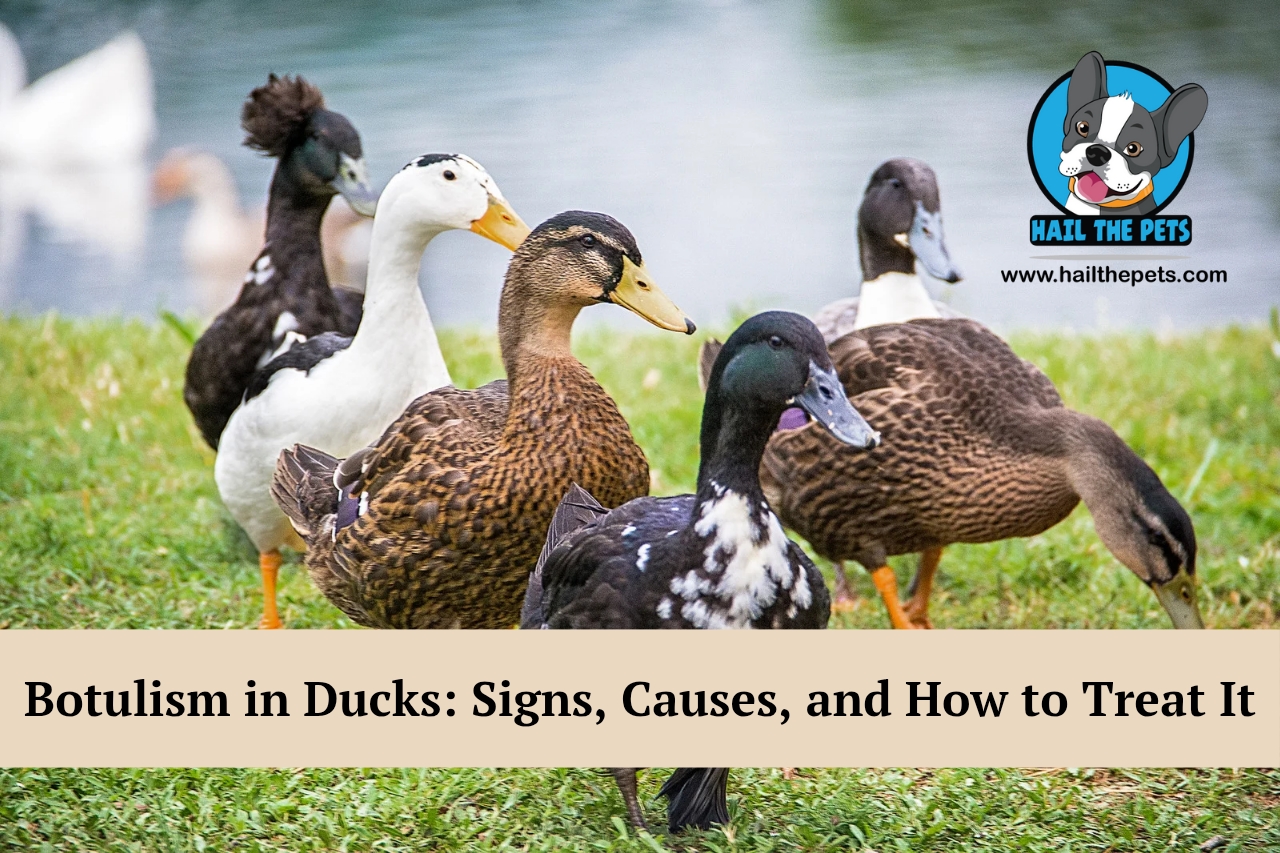A wildlife volunteer, Rehan, who visited the city marsh every weekend. The ducks usually greeted him with their familiar chorus, waddling up in search of corn treats. However, that morning felt different.
The pond was eerily still. Later, he saw one duck floating awkwardly and its neck slack like a deflated balloon. Another tried to move but couldn’t lift its head above the water. Within minutes, Rehan counted over a dozen ducks showing the same disturbing signs.
He rushed to call the rescue team, but deep down, he already feared the worst. He had seen this before. It was one of his worst nightmares. Botulism in ducks had returned.
The most common type is Botulinum Type C. When they ingest even a small amount of this toxin often through maggots. It feeds on decaying material and attacks their nervous system.
It results in a heartbreaking condition known as limberneck, where ducks lose control of their neck muscles. It can’t hold up their heads, and often end up drowning or starving. It is generally silent and fast and can wipe out entire flocks if left unchecked.

Why Botulism in Ducks is Extremely Dangerous
Unlike some species that might isolate when sick, ducks are extremely social. They gather, feed, and rest in groups. This makes the spread of botulism in ducks swift and deadly. One infected carcass can become a toxin source for dozens of others particularly if maggots feeding on it are ingested by healthy birds.
Add warm temperatures and stagnant water to the mix, you will see the outbreak spreads like wildfire. For more information, let’s swim through the most common causes and treatment of botulism in ducks.
Symptoms of Botulism in Waterfowl
Imagine watching a bird try to swim, but its head keeps dripping under the water. It tries to flap its wings but can’t quite coordinate the motion. It looks tired, slow, and off-balance. That’s how symptoms of botulism in waterfowl first show up. It looks subtle, but deeply alarming if you know what you’re looking for.
Recognizing Early Signs Can Save Lives
The first and most obvious symptom is the classic limp neck. As the toxin spreads, the duck may start dragging its wings. It loses balance while walking and eventually becomes too weak to eat or drink.
The duck may even struggle to breathe if the paralysis spreads to the chest muscles. It’s painful to watch because the duck is usually fully conscious and trapped inside a body that’s slowly shutting down. For bird keepers or wildlife rehabbers, this stage is a crucial window for rescue and treatment.
Causes of Limberneck in Ducks
You might wonder, how does a happy, healthy duck go from paddling in the pond to laying lifeless in just a day? The root cause of limberneck in ducks is the botulinum toxin. The way it enters their system is where things get disturbingly specific. Ducks often consume maggots that have been feeding on decaying animal matter. These maggots can carry the toxin in their tiny bodies.
How a Single Carcass Can Start an Outbreak
One of the most chilling facts is that a single dead fish or bird carcass can trigger a massive outbreak. Maggots thrive on this decaying matter and can carry the toxin without being affected themselves. Ducks peck at maggots for extra protein, completely unaware of the danger they’re swallowing.
This silent transmission is why botulism in ducks is so difficult to stop once it begins.

Treatment Options for Botulism in ducks
When Rehan called the wildlife rescue, he didn’t know whether any of the ducks could be saved. But thanks to fast action and trained hands, several ducks made it through.
What Rehab Centers do to Help Infected Ducks
The first step in treatment is simple. Remove the duck from the water. Without that, it’ll likely drown. Then comes rehydration therapy. Ducks are often given fluids through a tube or subcutaneously to flush out the toxin.
They’re kept warm, calm, and in a quiet space to recover. In specialized centers, antitoxins are sometimes administered if caught early, though they’re not always accessible or affordable. Recovery usually takes much time. Sometimes, it takes days, sometimes weeks but with patience and care, survival is possible.
One wildlife center in California reported saving over 65% of ducks treated during an outbreak, proving that quick action really does make all the difference.
What Duck Recovery Looks Like
Recovery is gradual. A duck may start by holding its head up for a few minutes, then for longer. It might flap its wings but still not be able to walk. As the toxin wears off and fluids take effect, movement returns in stages. It’s a beautiful thing to witness is that a duck that once lay paralyzed now standing upright, calling out to its flock.
Duck Mortality Due to Botulism
According to the U.S. Geological Survey, avian botulism is responsible for the deaths of over 1 million birds during major outbreaks. Ducks and shorebirds were most affected in this incident. It’s easy to overlook how devastating botulism can be. It’s not as dramatic as an oil spill or a wildfire, but in terms of bird deaths? It’s one of the worst.
Why Outbreaks Often Go Unnoticed
Botulism outbreaks in wild settings often remain invisible to the public. In remote wetlands or private lands, dead ducks may go unseen for days. Scavengers might eat the carcasses, further spreading the disease across ecosystems. Awareness and active monitoring are key in at-risk areas.
Read more: Botulism in chickens, ducks and other poultry
Preventing Botulism Outbreaks in Ducks
Preventing botulism outbreaks in ducks is possible. It just takes diligence and teamwork. Regularly cleaning wetlands and removing carcasses is the first and most effective step. Wildlife teams often patrol wetlands during hot months, looking for dead fish or birds and removing them before the maggots have time to spread the toxin.
Controlling water levels can also help. We can prevent the conditions that favor bacterial growth by preventing wetlands to stagnate and controlling runoff that causes algae blooms. Cleanups organized by communities have been effective in some areas. Basic actions such as clearing litter and notifying authorities about ill wildlife can prevent ponds from becoming unhealthy and birds from getting harmed.
Read more: Clostridium Botulinum in Waterfowl Environments
Clostridium Botulinum in Waterfowl Environments
So where does this bacteria originally come from?
Clostridium botulinum in waterbird habitats naturally occurs in soil and water. It becomes dangerous when the conditions are just right. Warm temperatures, rotting organic matter, and oxygen-poor conditions flip the switch, and the bacteria start producing their infamous toxin.
What science tells us about high-risk areas
One 2022 study from the Journal of Wildlife Diseases found that wetlands with high sediment buildup and low water flow had significantly higher levels of botulinum spores than cleaner, better-managed wetlands. In short, mismanagement more than nature is the real threat.
Read more: Exploring Unusual Bird Behaviour: Top Ten Popular Birds to Keep as Pets – January 2024
Environmental Factors Contributing to Botulism in Ducks
Let’s take a closer look at the real-world triggers.
Climate change is making things worse. Longer summers, hotter temperatures, and extended droughts are all environmental factors contributing to botulism in ducks. Shallow water warms faster and loses oxygen more perfect for bacteria to thrive.

Agricultural Runoff and Invasive Species Add to the Problem
Runoff of fertilizer from lawns and farms contributes nutrients to ponds that cause algae blooms. When they die and decompose, the oxygen content declines even more, paving the way for outbreaks.
Even invasive species like snails can play a role. Some carry spores in their digestive tracts and pass them into the water, spreading the risk to areas that were previously safe. If that sounds like a lot of doom and gloom, but the bright side is, all of these factors are manageable if we take action together.
Read more: Pet Adoption vs. Buying a Pet: What You Need to Know to Make the Best Choice – August 2024
What Duck Lovers and Communities Can Do
Whether you’re a birdwatcher, a hobbyist duck keeper, or someone who simply enjoys walking near wetlands, you can make a difference. Report sick or dying ducks to local wildlife agencies.
Avoid feeding birds in contaminated areas. Participate in local wetland cleanup drives. Most importantly, spread awareness. Every informed eye adds to early detection, and every action helps save lives.
Read more: Interesting Facts About Tetra Fish: Exploring Their Types, Nutritional Needs, and Hygiene Care
Conclusion
Pause for a second look if you see a duck gliding across a calm pond. Notice if its head held high or drooped unnaturally? These subtle signs can be the earliest warnings of botulism in ducks. Often, what looks peaceful may be hiding a silent struggle beneath the surface. It’s not beyond our control.
With timely awareness and early intervention, we can stop botulism in ducks from turning into mass outbreaks. Whether you care for ducks or simply enjoy their presence, your vigilance matters. Prevention often begins with just one observant person. Rehan’s marsh, once filled with lifeless silence, now echoes with quacks and fluttering wings.
Every healthy duck there is a small victory against what was once a devastating loss. Botulism in ducks doesn’t have to be a death sentence. With compassion and action, we can give these birds the future they deserve.
